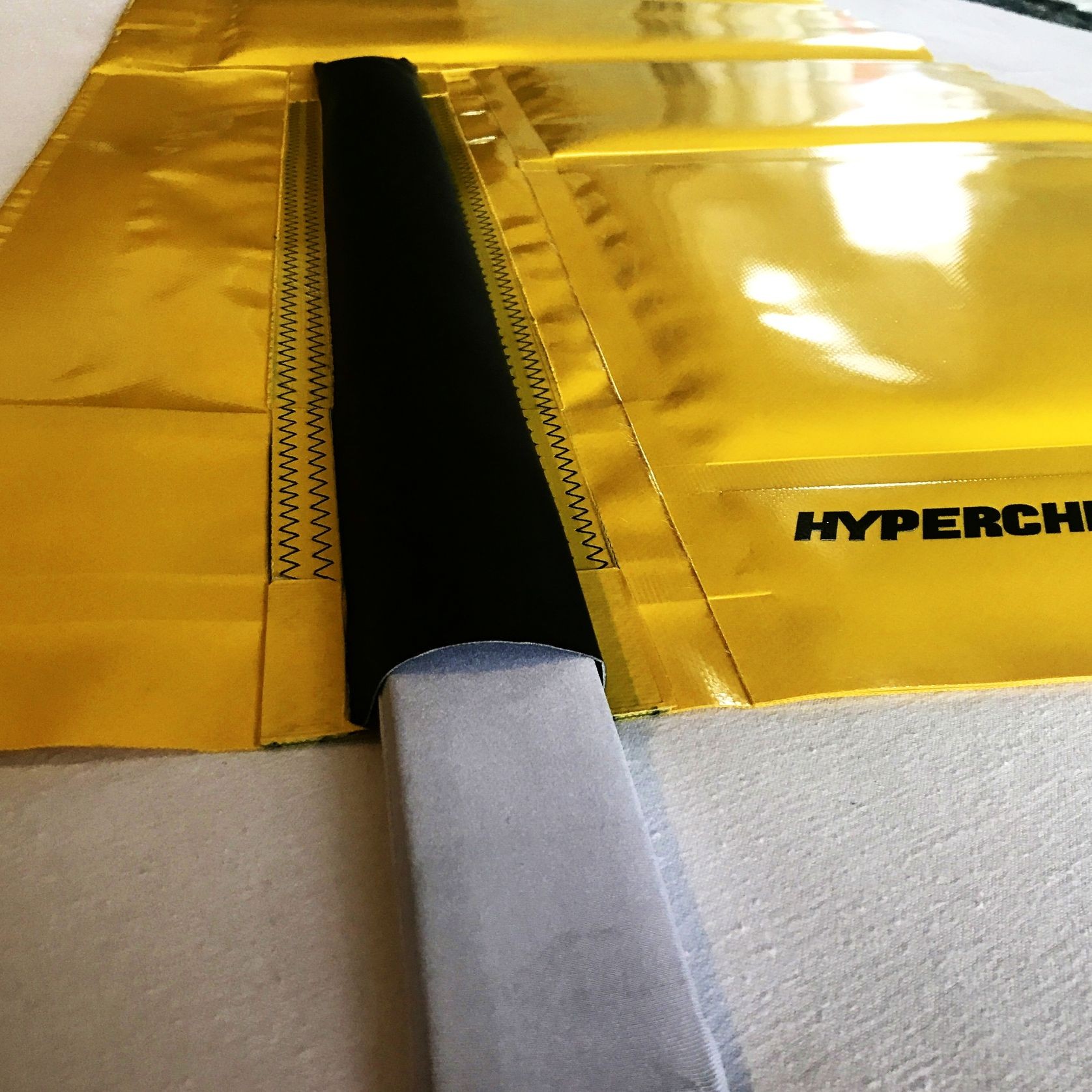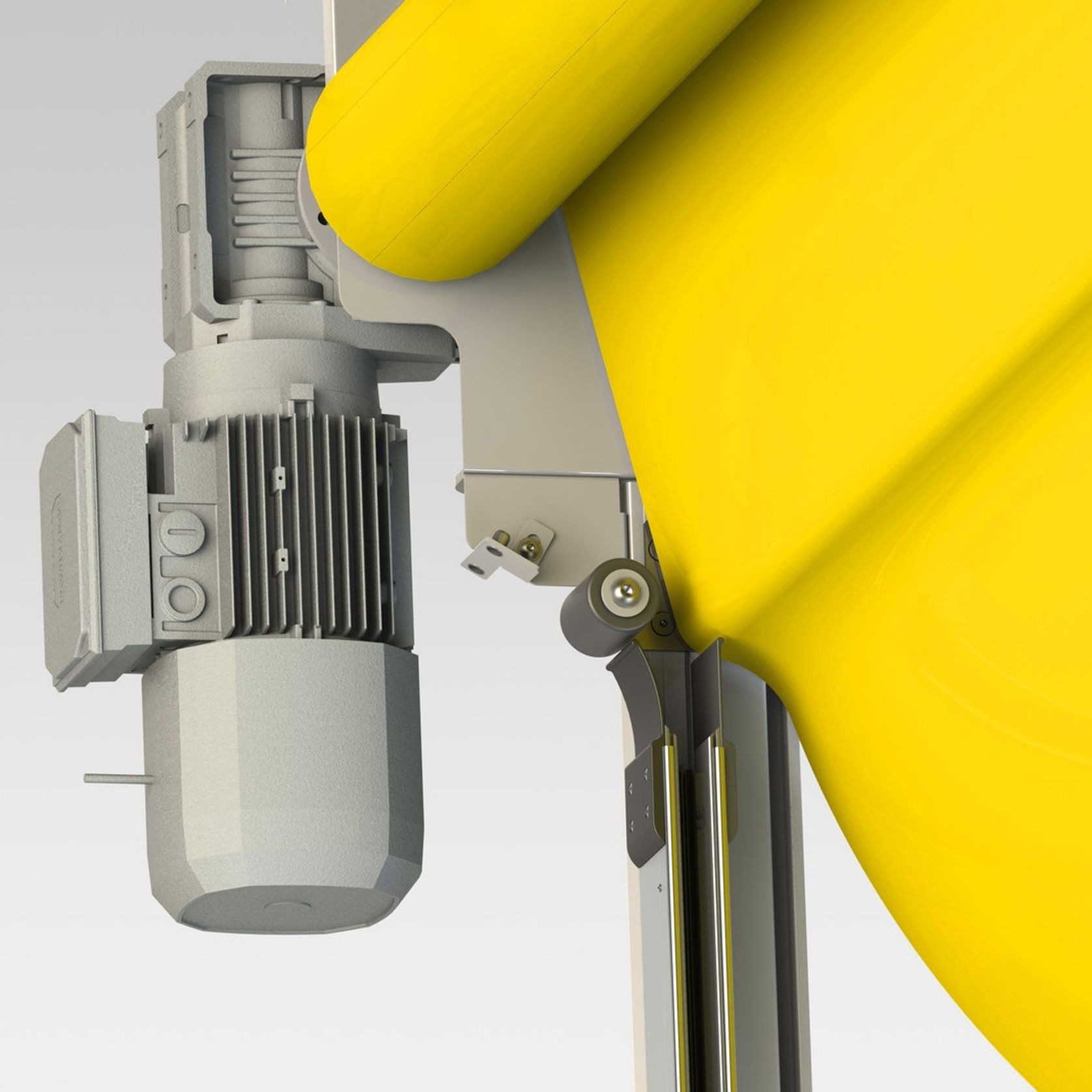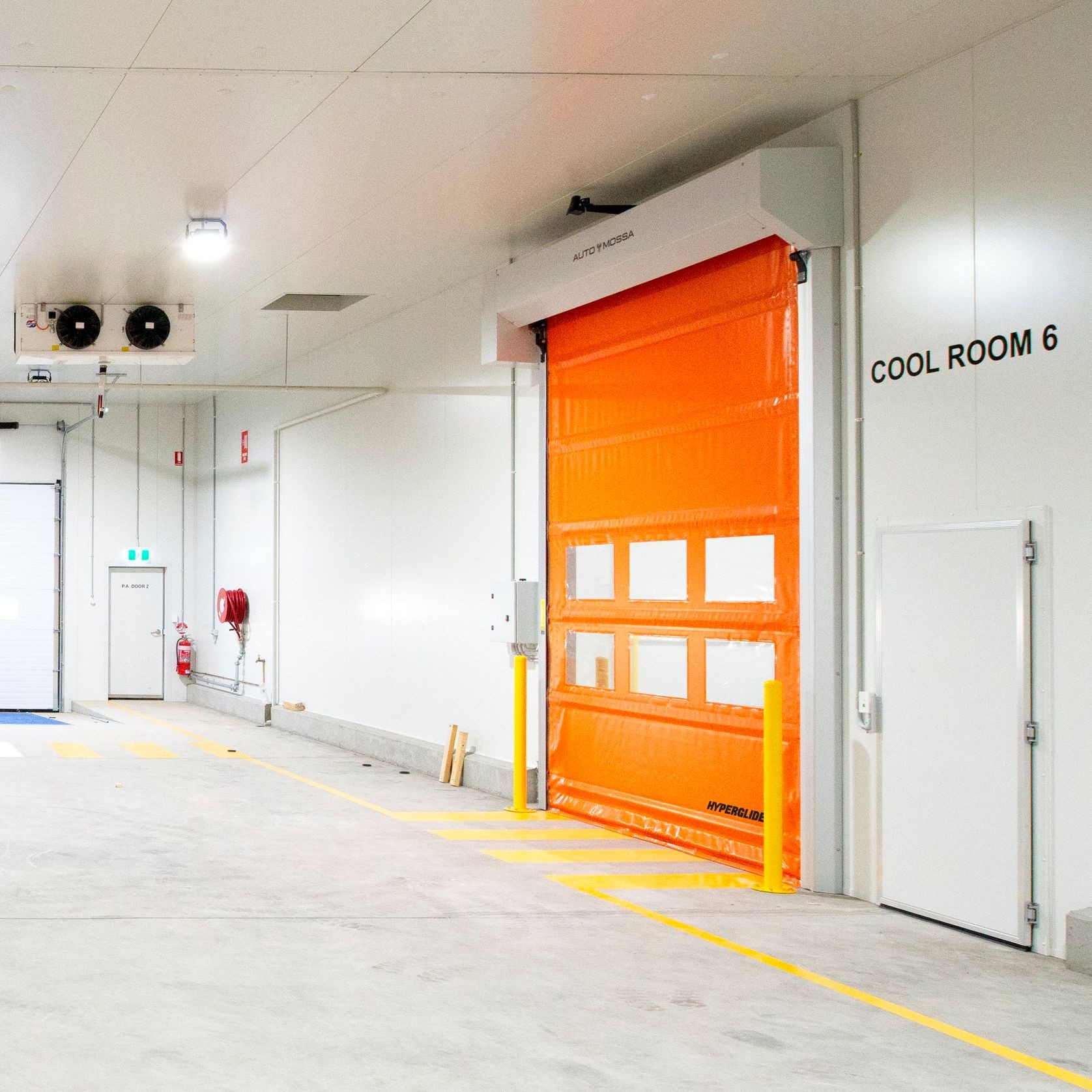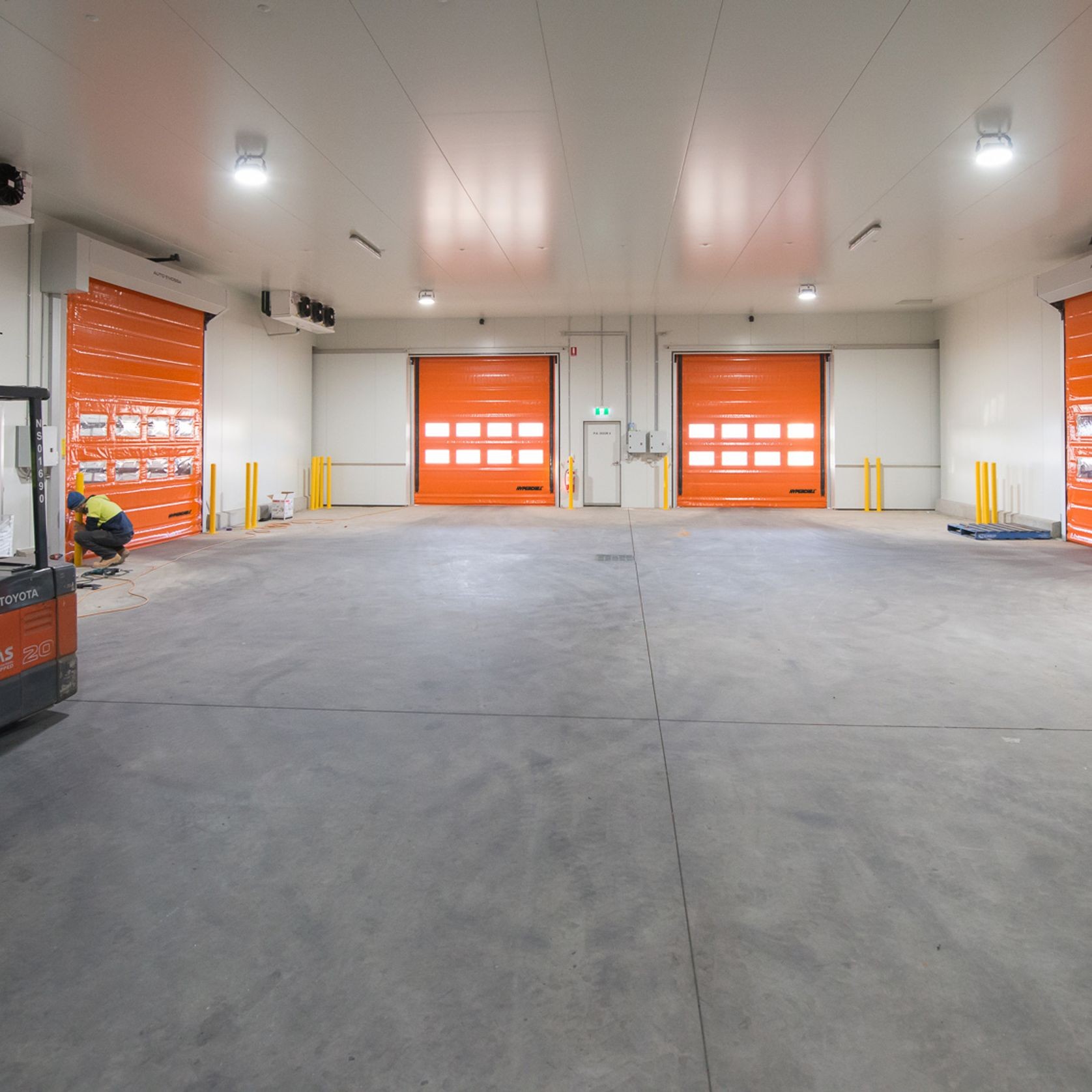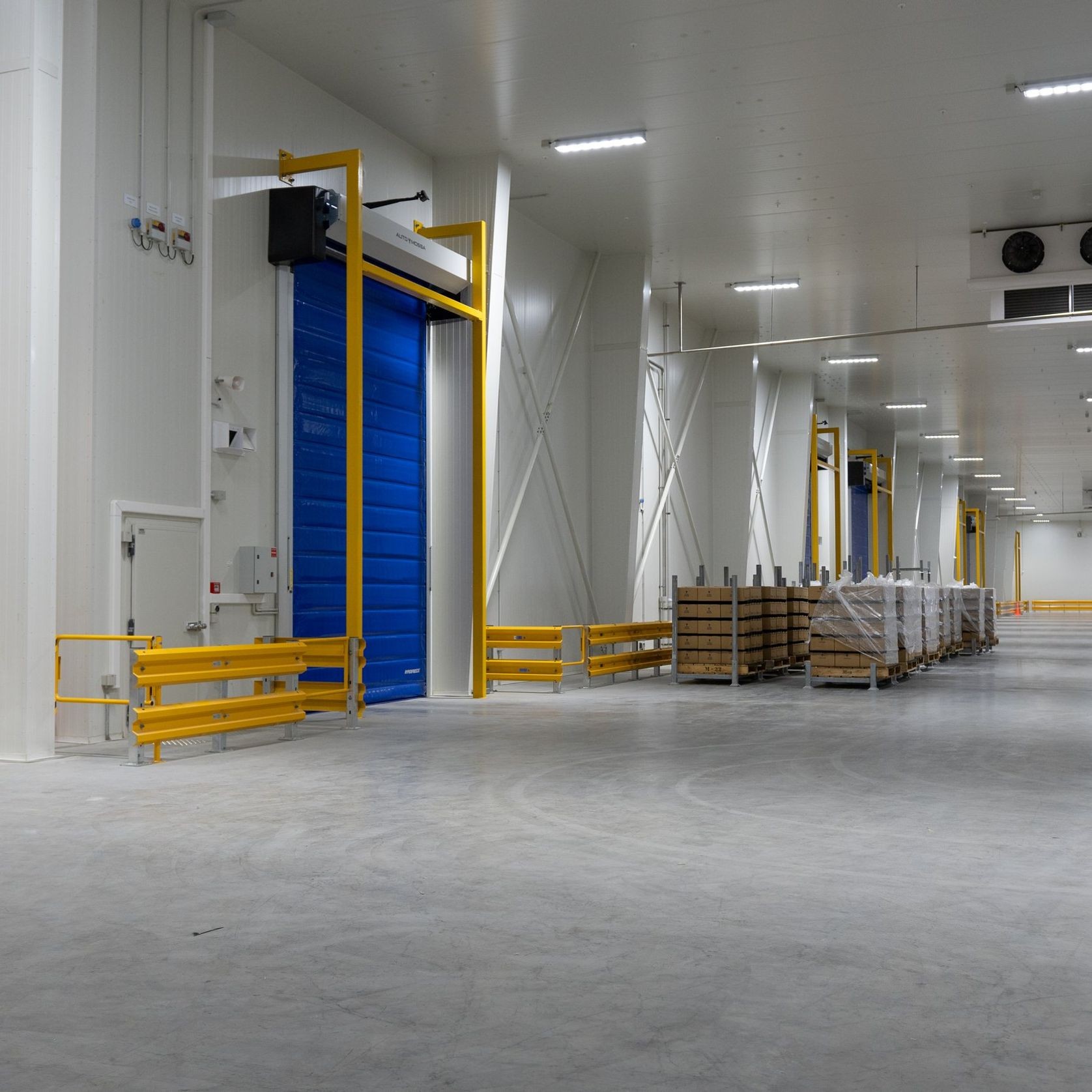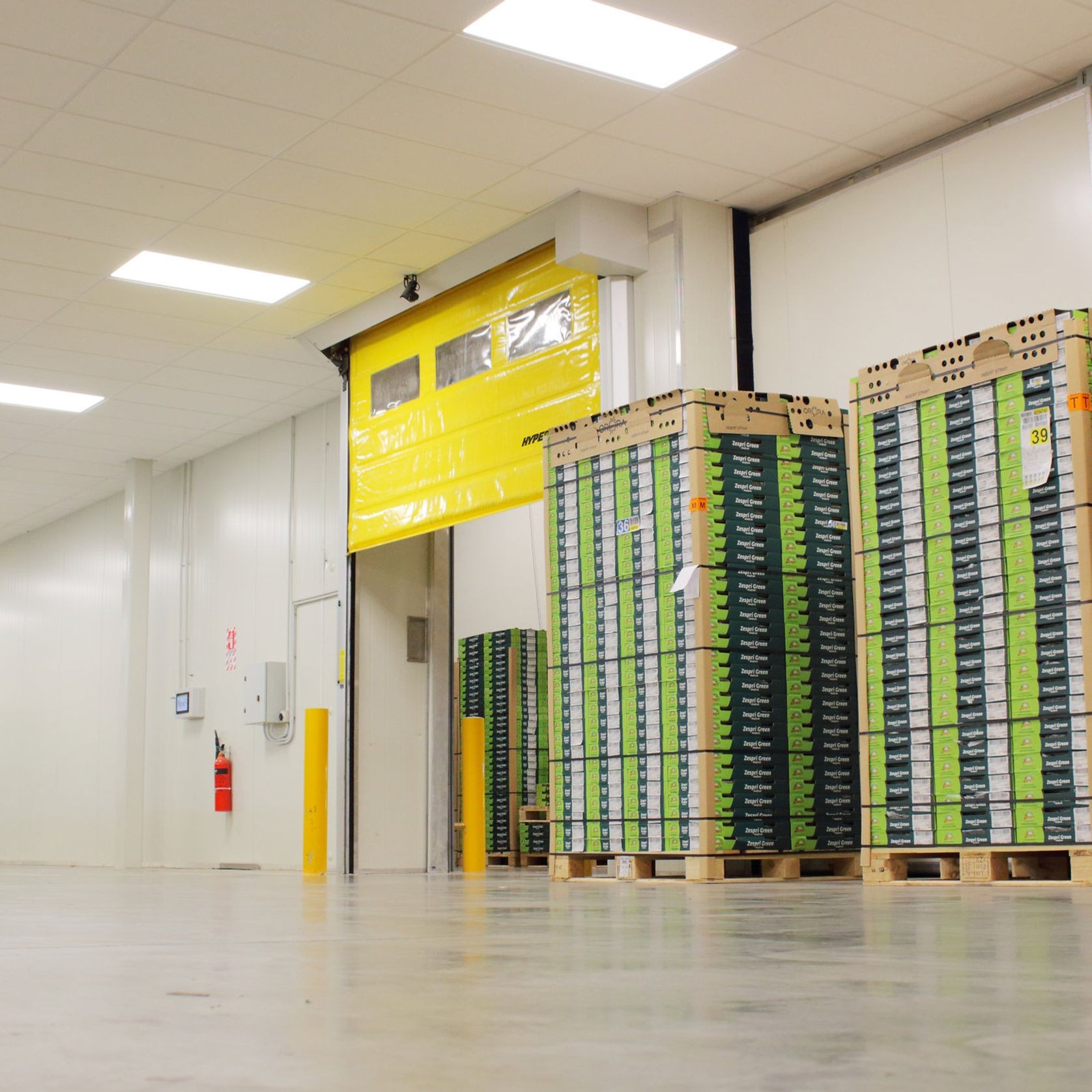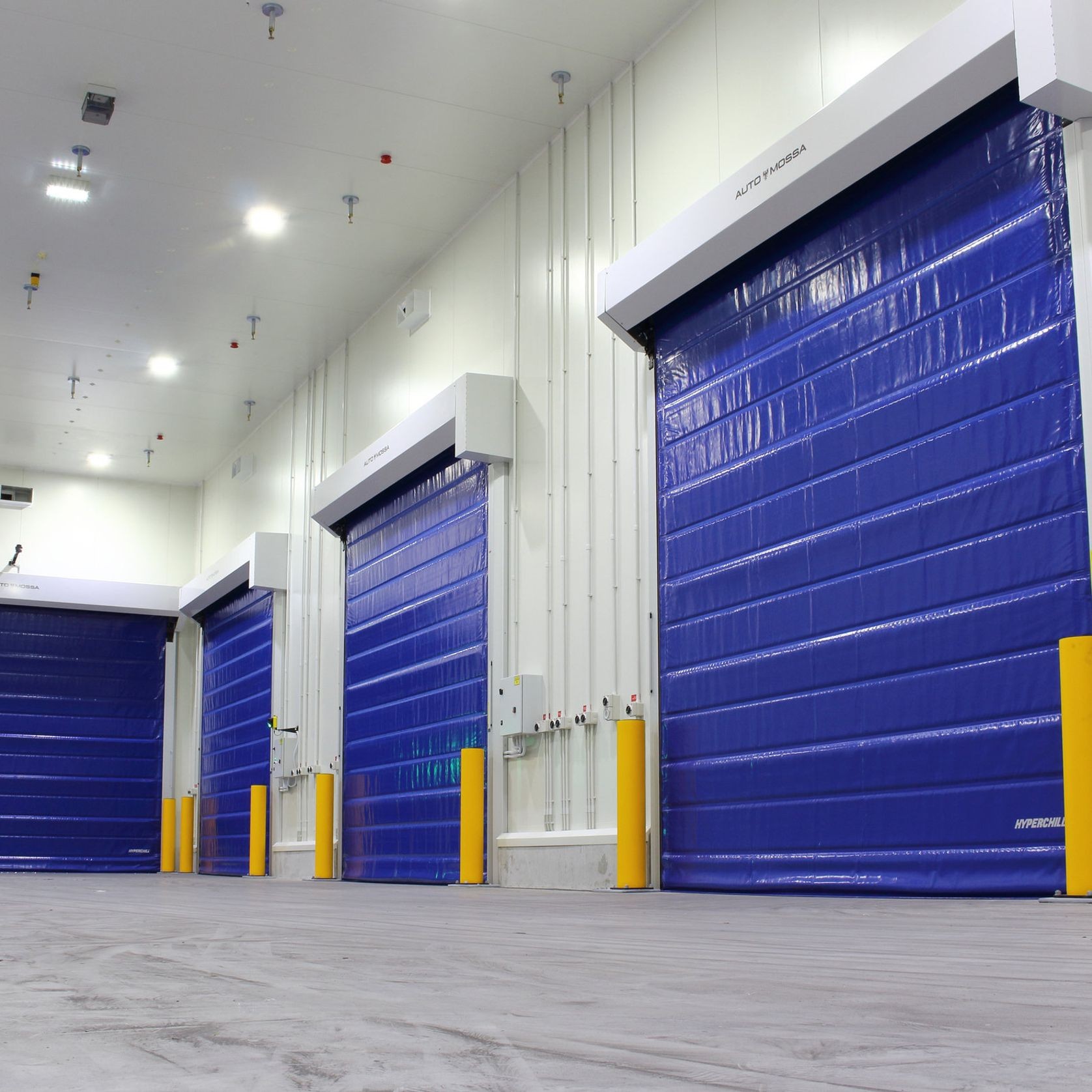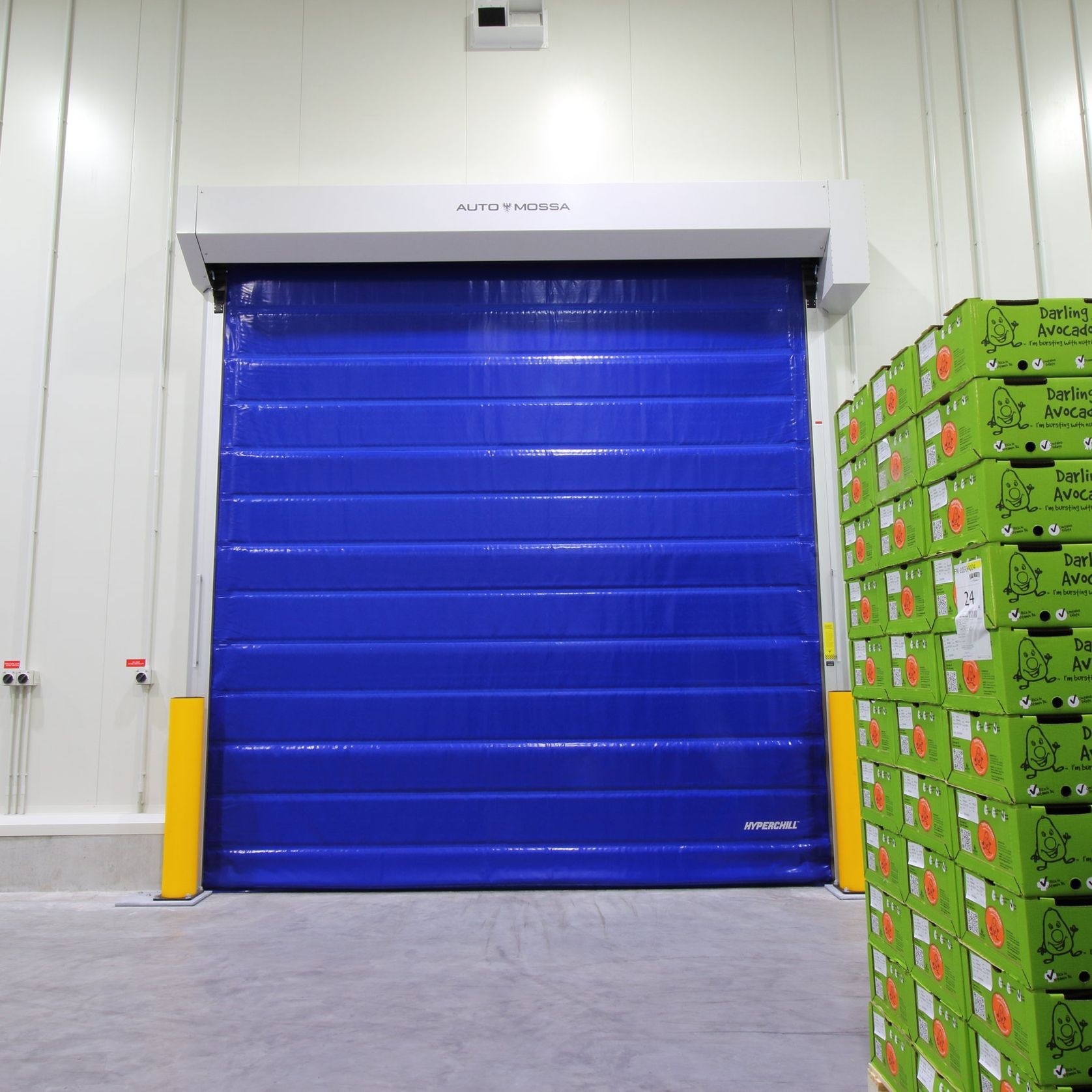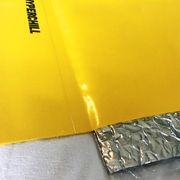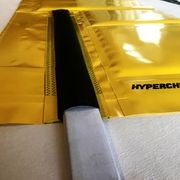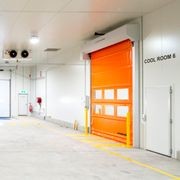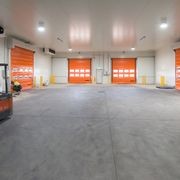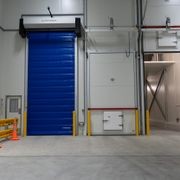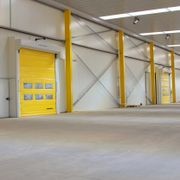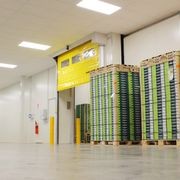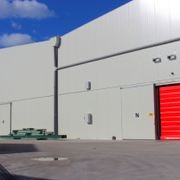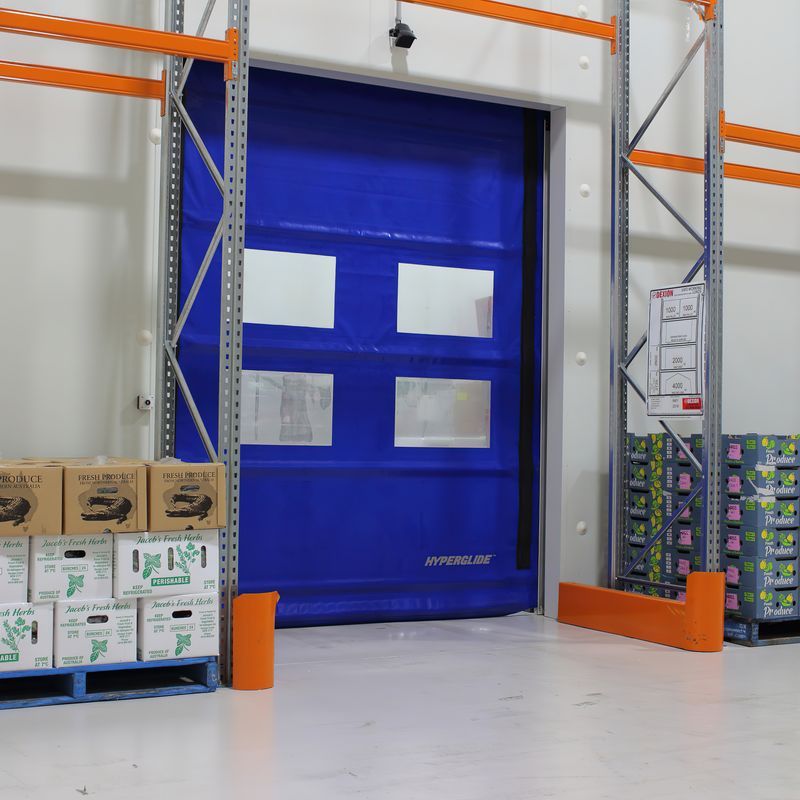HyperChill™ High Speed Chiller Door
Auto MossaDetails
- CategoryCommercial Doors, Roller Garage Doors
- RangeHigh Speed Doors
- BrandAuto Mossa
- Warranty2 years
Specifications
Features
Downloads
Auto Mossa
Thank you for visiting Auto Mossa on ArchiPro. Please provide some information about your project requirements and we will be in touch with you shortly.
Visit Website
About the
Seller
With over 20 years of experience in the high performance door industry, some of Australia and New Zealand’s industry experts have come together to establish AUTO MOSSA, an organisation with a passion for design that continuously strives for innovation.
We pride ourselves on pushing the boundaries when developing ideas and through the process of exploration we often find new ways of doing things. It is our intention that every product we launch to the market will also come with an ‘international patent pending’, further emphasising our drive for innovation and added customer value. We are also able to work with architects and specifiers early on in the design stage, to develop working models and concepts.
- ArchiPro Member since2024
- More information


